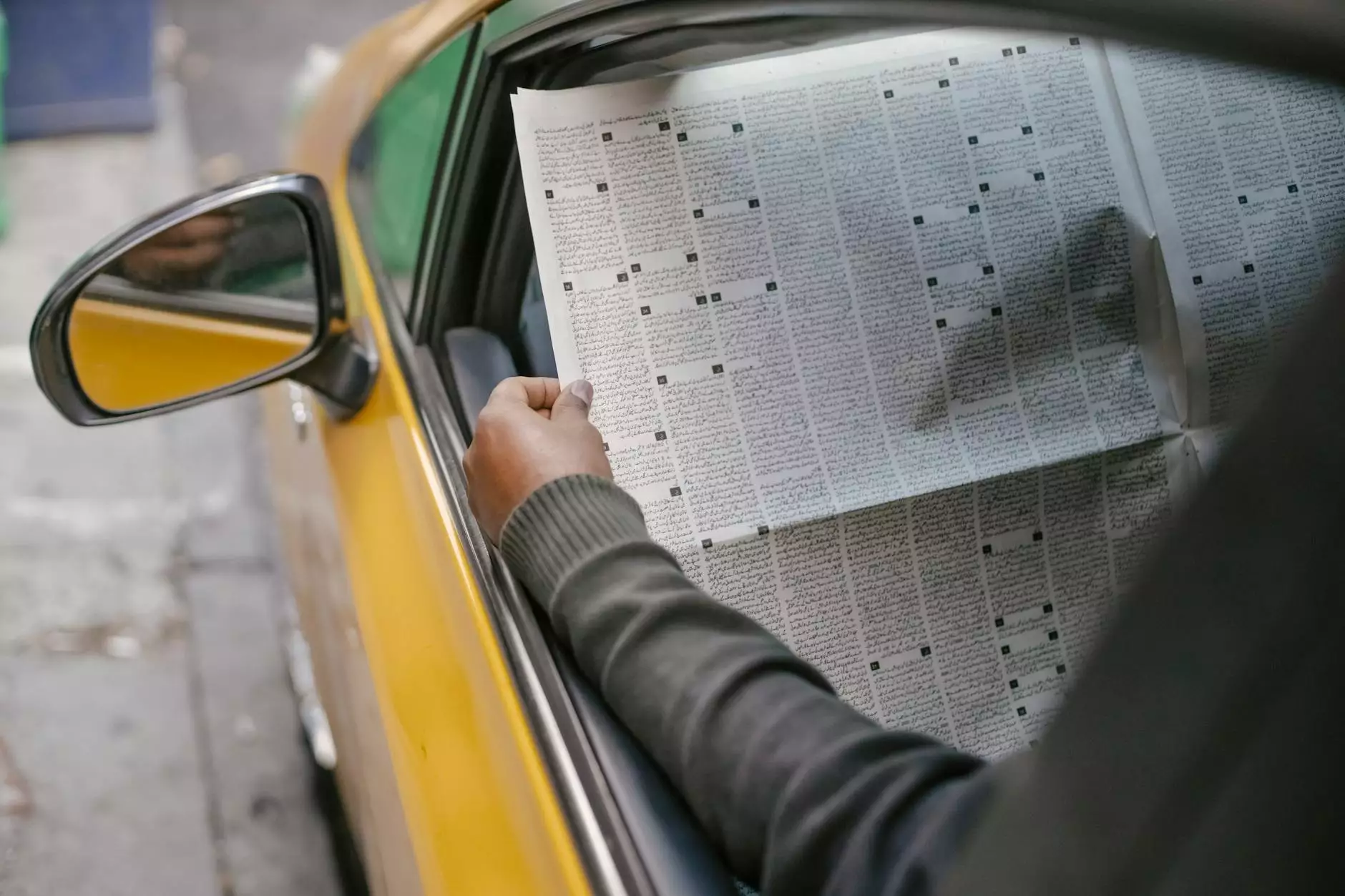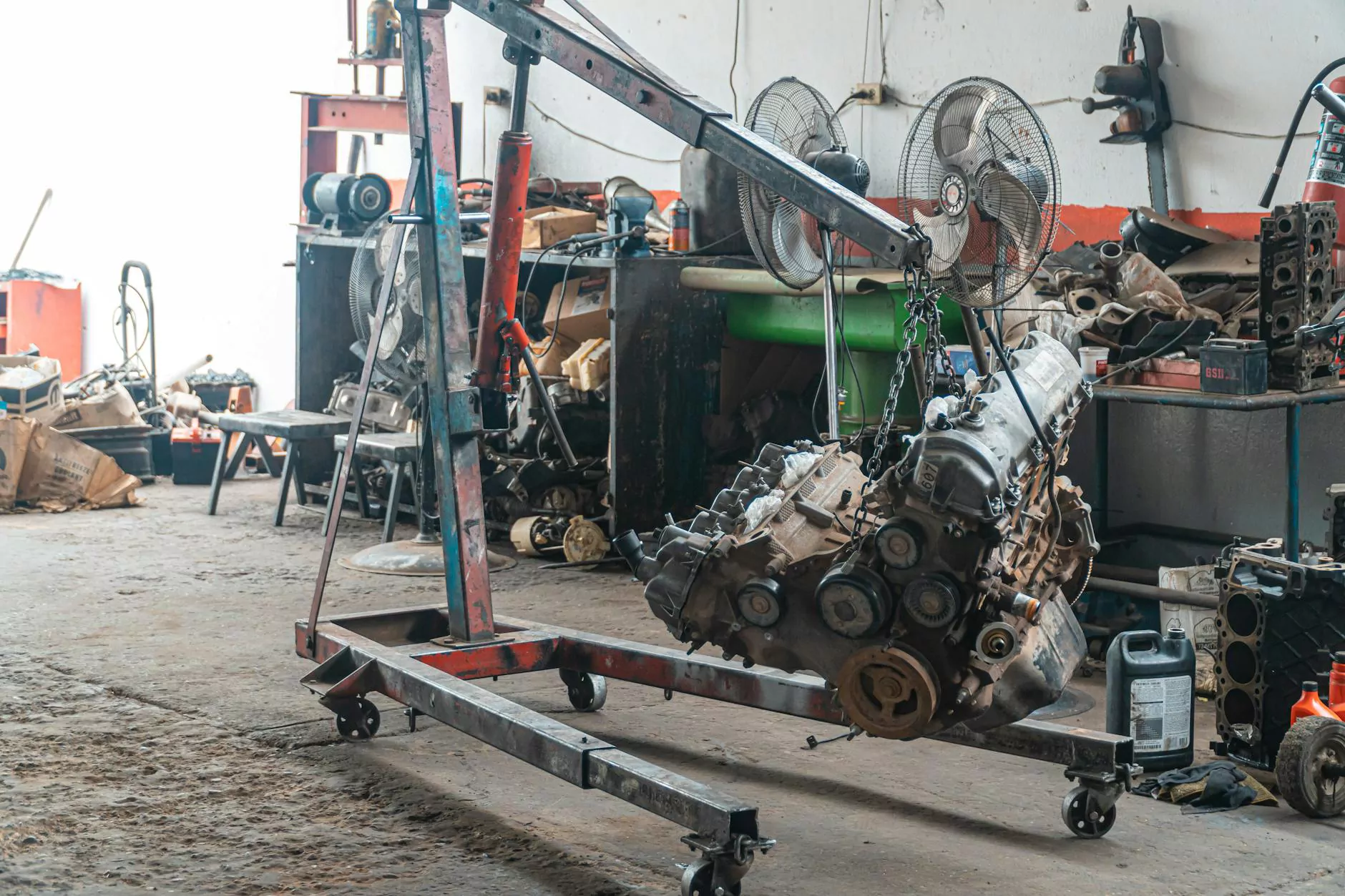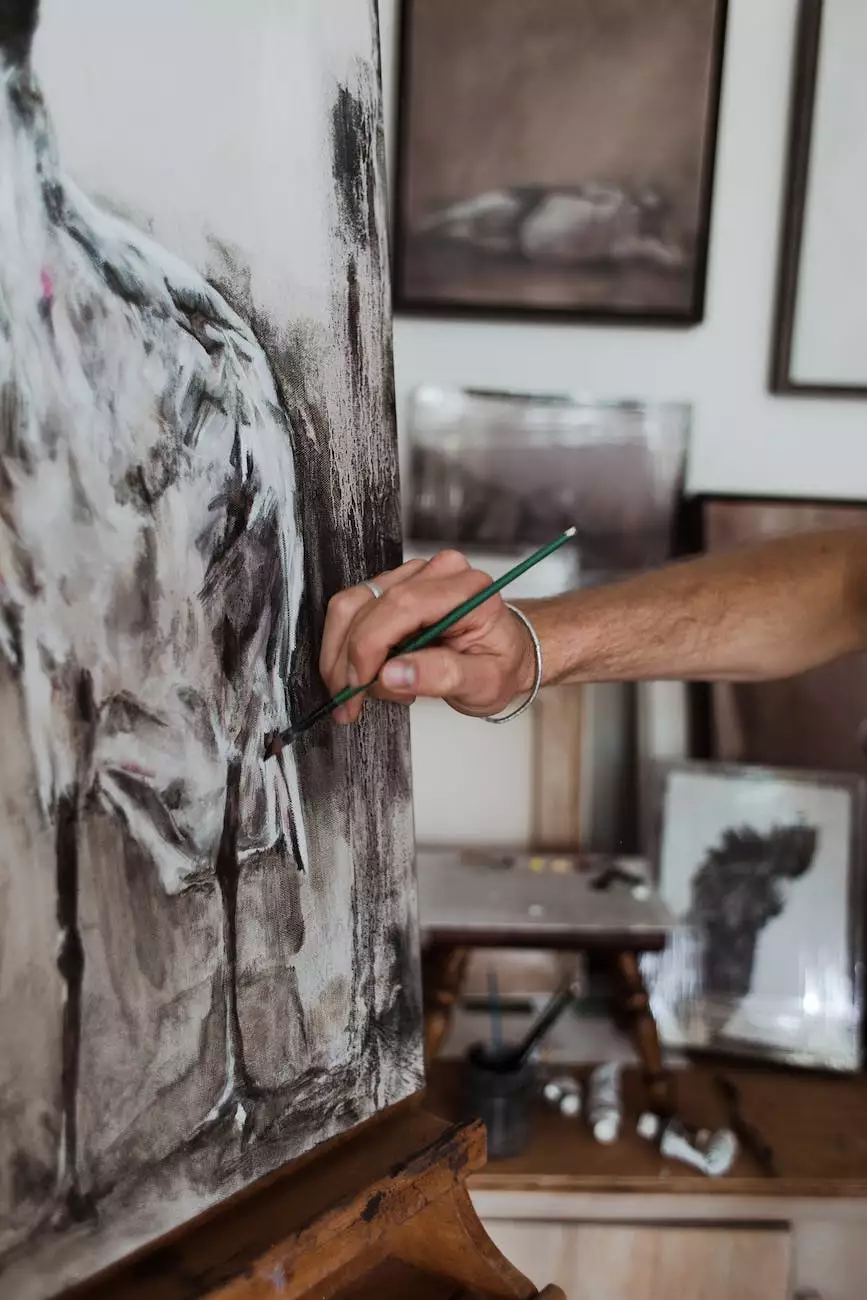Valve Lapping 101
Blog
Welcome to Rusty's Upholstery, your go-to destination for valuable information on valve lapping techniques. In this comprehensive guide, we will explore everything you need to know about valve lapping to optimize your engine's performance.
What is Valve Lapping?
In the world of mechanics and automotive enthusiasts, valve lapping is a critical process for achieving a perfect seal between the valves and valve seats in an engine. Over time, the constant opening and closing of valves can cause wear and uneven contact, leading to reduced efficiency and power loss. Valve lapping involves creating smooth and seamless surfaces on the valves and valve seats, ensuring an airtight seal and optimal performance.
Why is Valve Lapping Important?
Valve lapping is crucial for maintaining the overall health and performance of your engine. By eliminating any irregularities and imperfections on the valve surfaces, you can minimize leaks, increase compression, and enhance the air and fuel flow, resulting in improved power, fuel efficiency, and engine longevity. Whether you are a professional mechanic or a passionate car enthusiast, understanding the art of valve lapping is essential.
The Valve Lapping Process
Valve lapping involves several systematic steps, each playing a vital role in achieving optimal results. Let's dive into the valve lapping process:
- Step 1: Preparation
- Step 2: Cleaning
- Step 3: Applying Grinding Compound
- Step 4: Lapping
- Step 5: Inspecting and Repeating
- Step 6: Cleaning and Assembly
Begin by gathering all the necessary tools and materials for the valve lapping process. These typically include valve grinding compound, a lapping stick, a valve lapping tool, cleaning solvent, and lint-free cloth. It's essential to work in a clean and well-ventilated area to ensure a smooth and efficient lapping procedure.
Thoroughly clean the valves, valve seats, and surrounding areas using a suitable cleaning solvent and a lint-free cloth. Removing any grime, oil, or debris will allow for better contact and ensure a precise lapping process.
Apply a small amount of valve grinding compound to the valve face and the valve seat. The grinding compound acts as an abrasive agent, helping to remove any existing imperfections on the surfaces.
Attach the valve lapping tool to the lapping stick, ensuring a secure fit. Insert the stick into the valve guide and rotate it back and forth while applying slight downward pressure. This motion will evenly distribute the grinding compound, gradually wearing away any irregularities.
After a few rotations, remove the valve and inspect the contact pattern on both the valve face and the valve seat. A clear and consistent pattern indicates that the lapping process is progressing well. If necessary, repeat the previous steps until you achieve an optimal seal.
Thoroughly clean the valves, valve seats, and any residual grinding compound using a cleaning solvent and a lint-free cloth. Once all components are clean, reassemble your engine, ensuring proper torque and alignment.
Tips for Successful Valve Lapping
To ensure a successful valve lapping process, here are some valuable tips:
- Tip 1: Take your time and be patient; valve lapping requires precision and attention to detail.
- Tip 2: Use high-quality valve grinding compound for the best results.
- Tip 3: Maintain a consistent motion and avoid excessive pressure during the lapping process.
- Tip 4: Regularly inspect the contact pattern to gauge the progress and make adjustments if necessary.
- Tip 5: Clean all components thoroughly before reassembly to avoid any potential debris.
Conclusion
Congratulations! You are now well-versed in the art of valve lapping. By following the steps outlined in this guide and implementing our expert tips, you can optimize your engine's performance, increase its lifespan, and enjoy a smoother driving experience. For more automotive maintenance guides and expert advice, visit Rusty's Upholstery in the Home and Garden - Furniture category. Happy lapping!




